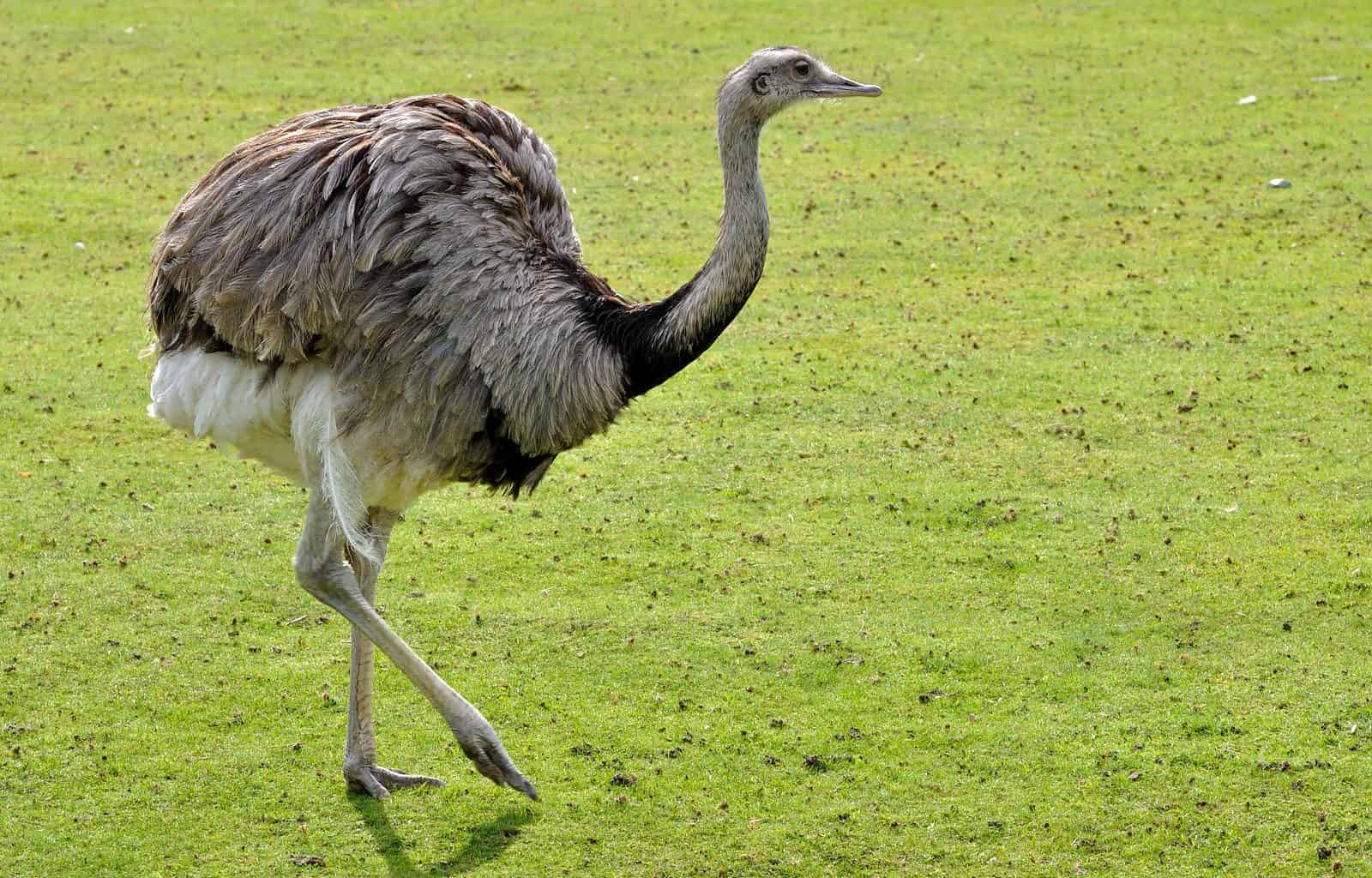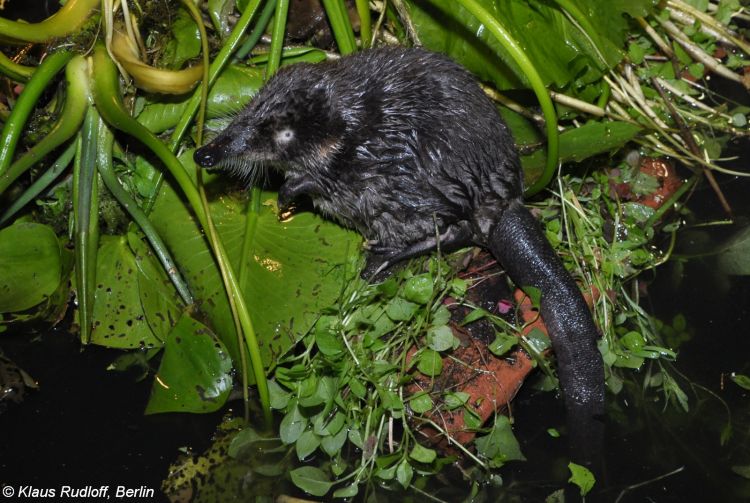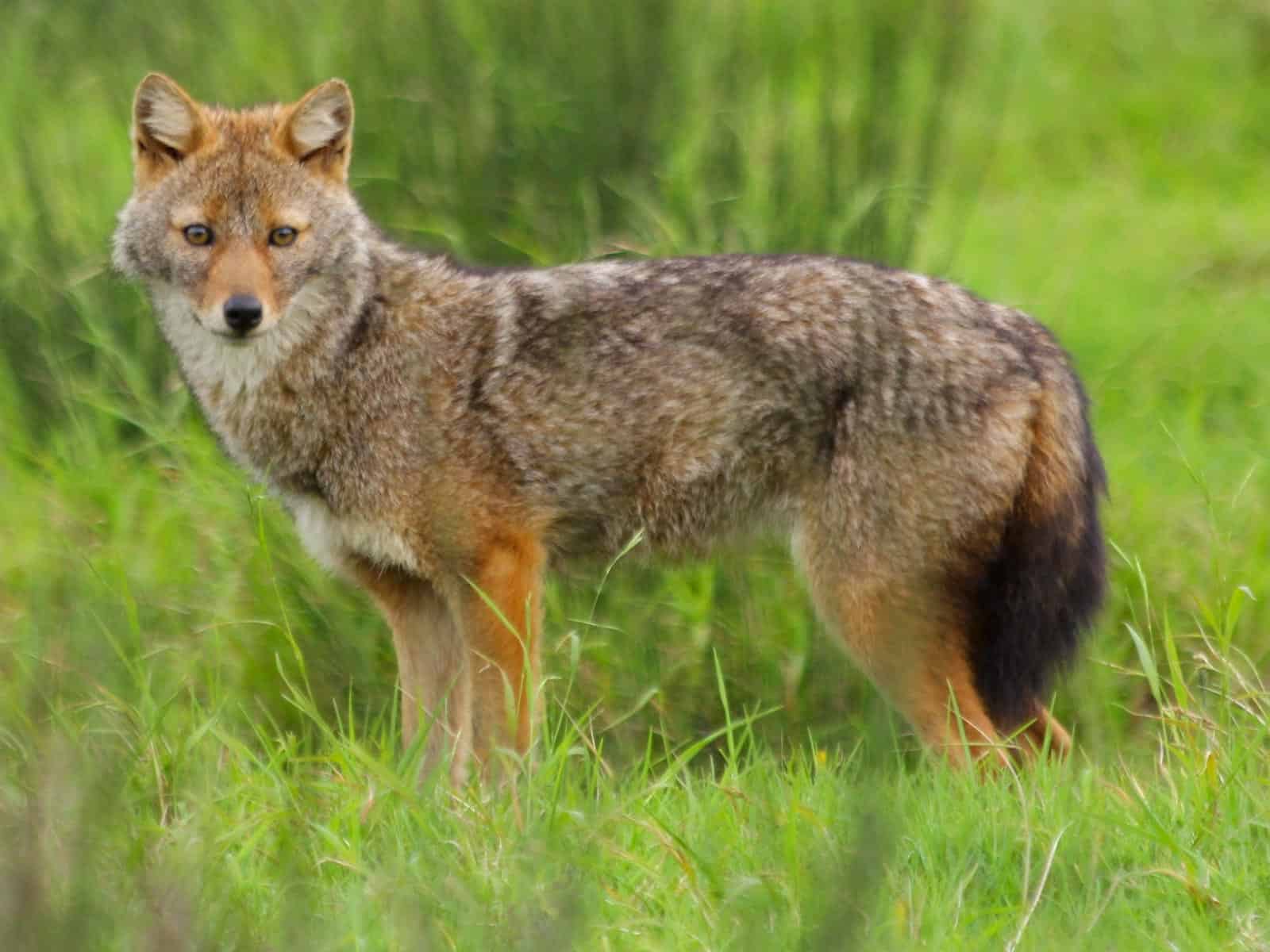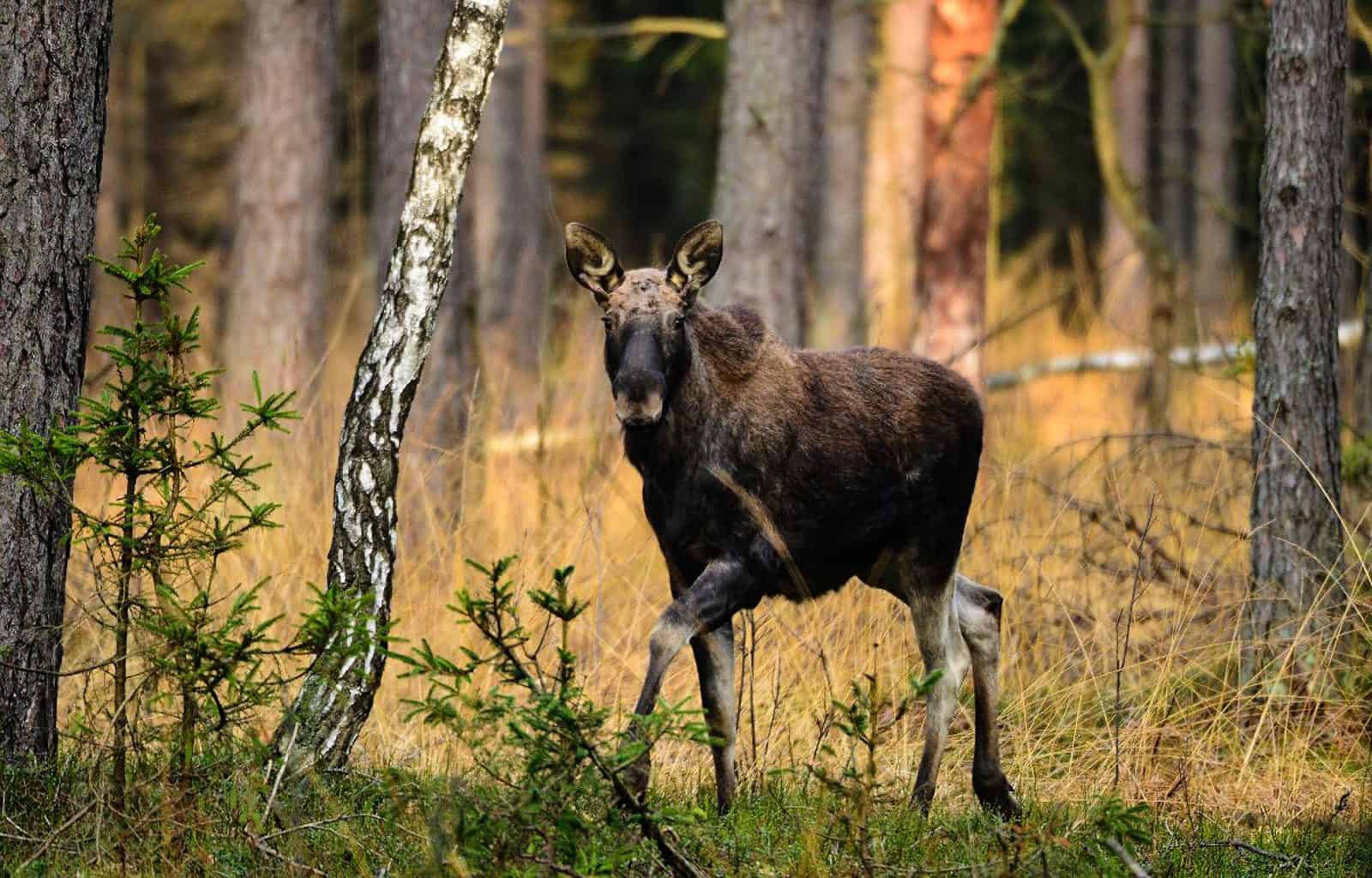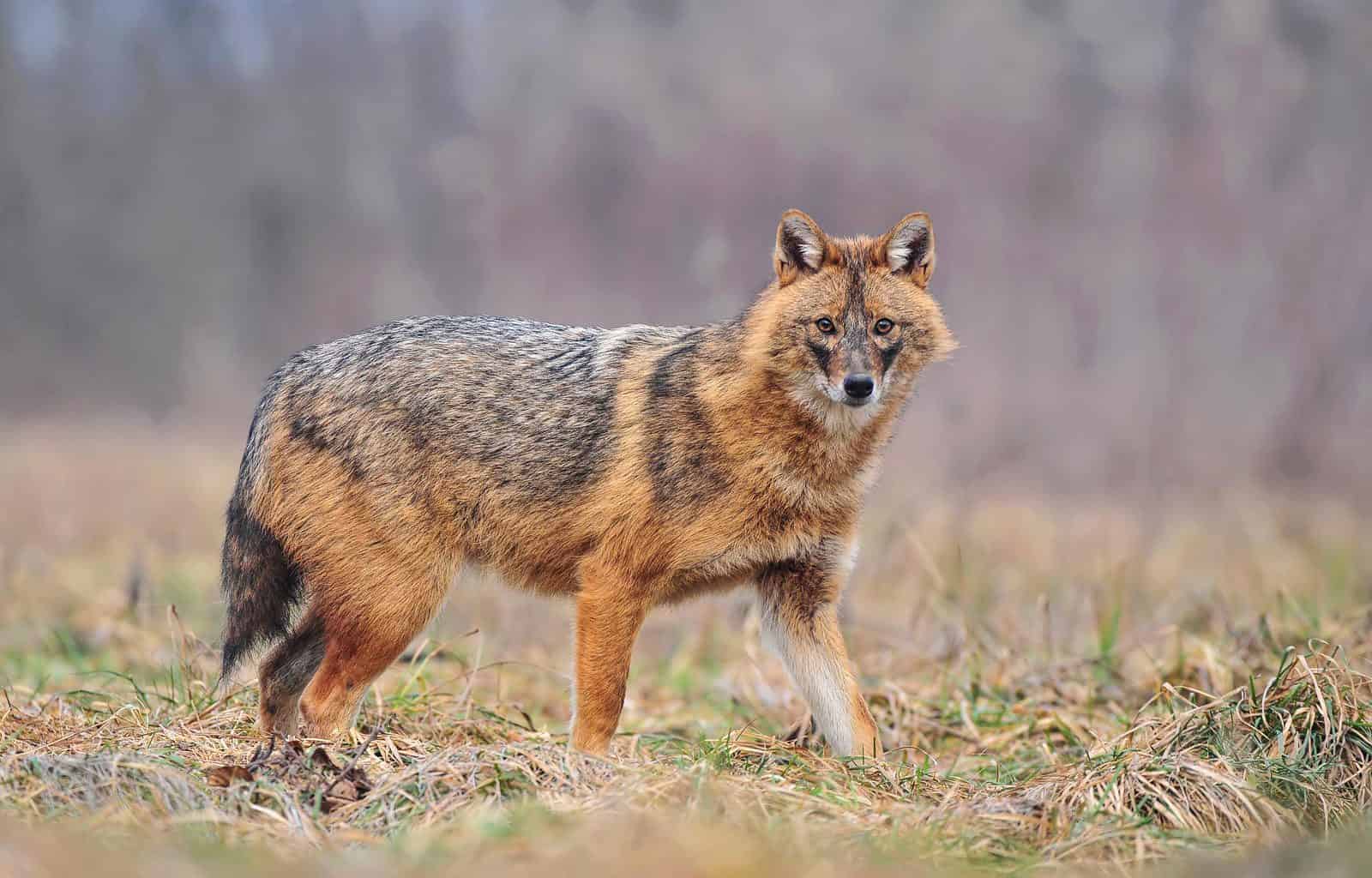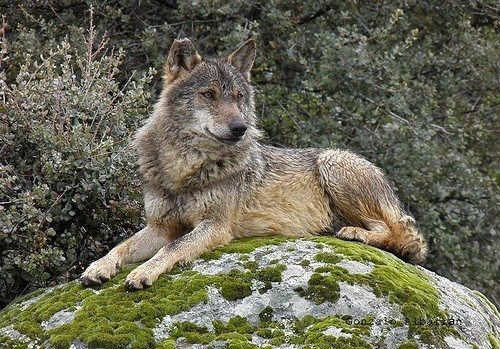Wild Rheas in Northern Germany
Rheas prefer warm and hot weather and inhabit open areas such as savannas, grasslands and valleys in South America. The rhea is a flightless bird and can be as tall as 170 cm and weigh about 20 kg. Their life expectancy is about 10 years. IUCN lists the rhea “near threatened”.
Please also read: Wildlife monitoring to reduce human-wildlife conflicts
In the 90s, some six to eight Greater rheas escaped from a private hobby zoo near Lübeck. They found a new home in the UNESCO Biosphere Reserve Schaalsee-Elbe in Northern Germany. Since then, their population grew to over 550 birds. And the population continues to grow every year due to hot and warm summers and missing natural predators. They are the first rheas to roam wild in Europe. However, the German Federal Agency for Nature Conservation views them as non-invasive as they actually do not threaten local fauna and flora.
Hunting only solution in order to control the rhea?
In 2018, the population has exploded from about 200 to about 560 birds. As a response, the local farmers’ association of the state of Mecklenburg-Vorpommern submitted an application to manipulate the eggs of the rheas in order to limit the number of possible hatchlings, which the Biosphere Reserve Schaalsee-Elbe approved. They manipulated 190 out of 238 found eggs by covering the freshly laid eggs with paraffin or drilling holes into them. The manipulated eggs were left in the nests. Even though manipulating the eggs was successful in limiting the population growth, Till Backhaus, the Agricultural Minister of Mecklenburg-Vorpommern, still wants to consider other, even more effective possibilities.
The local farmers’ association stated that the rheas are responsible for various destroyed agricultural fields. The damage costs are supposed to extend into the five-digit-euro region per year. But an exact number could not be give, because it is difficult to prove which damages the rheas caused. The local farmers’ association therefore suggested hunting the male animals in order to control the population growth and damages.
So what will happen to the wild rheas of Northern Germany? We will keep you up-to-date.

